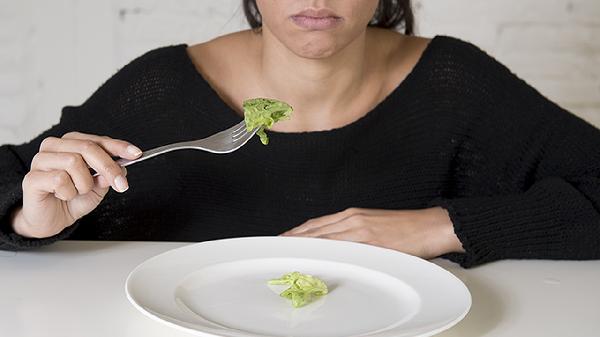If you've ever scrolled through Instagram and wondered how celebs manage to stay so lean, chances are they've dabbled in the Zone Diet. Created by Dr. Barry Sears, this eating plan isn't just another fad—it's a science-backed approach to balancing hormones, reducing inflammation, and yes, shedding pounds. But does it actually work for regular folks like us? Absolutely—if you do it right. Let’s break down what makes the Zone Diet tick and how you can make it work without feeling like you're prepping for a red carpet.

The Zone Diet operates on the idea that food is like a drug—it can either throw your hormones out of whack or keep them in perfect harmony. The goal? Keep insulin levels steady to avoid fat storage and energy crashes. Unlike extreme low-carb or no-fat diets, the Zone Diet focuses on a 40-30-30 ratio: 40% carbs, 30% protein, and 30% fat at every meal. This balance supposedly keeps your body in "the zone," where fat burning is optimized, inflammation is low, and mental clarity is high. Sounds dreamy, right? But here’s the kicker—it’s not just about hitting those percentages. The quality of your food matters just as much. Think lean proteins, healthy fats like avocado and nuts, and carbs that won’t spike your blood sugar (sorry, donuts don’t make the cut).
Okay, so the Zone Diet isn’t about starving yourself or surviving on kale smoothies. But it does require some planning. First, forget eyeballing portions—this diet thrives on precision. A typical meal might include a palm-sized portion of chicken, a drizzle of olive oil, and a modest serving of quinoa or berries. The idea is to eat small, balanced meals every 4-6 hours to keep hunger and cravings at bay. And yes, snacks are allowed (hallelujah!), as long as they follow the 40-30-30 rule. Think Greek yogurt with almonds or apple slices with peanut butter. The hardest part? Cutting back on processed junk and refined sugars. But once you adjust, many people report fewer cravings and more stable energy—no 3 PM slump in sight.
Let’s be real—any diet can backfire if you’re not careful. One major Zone Diet mistake? Treating it like a low-carb plan. Skimping on carbs throws off the 40-30-30 balance, which can leave you sluggish and hangry. Another trap is overdoing "healthy" fats. Yes, almonds are great, but eating half the bag in one sitting? Not so zone-friendly. And while the diet encourages lean proteins, relying too much on processed options like deli meats can sneak in unwanted sodium and preservatives. The fix? Stick to whole foods, measure portions (at least at first), and don’t skip meals—starvation mode is the opposite of "the zone."
Here’s the million-dollar question: Can you live like this forever? For some, yes—especially if you love structure and don’t mind meal prepping. The Zone Diet’s focus on balanced, anti-inflammatory foods makes it a solid choice for overall health, not just weight loss. But if rigid ratios feel suffocating, you might tweak it to be more flexible. Many people adopt the principles—prioritizing protein, choosing smart carbs, and embracing good fats—without obsessing over exact percentages. At the end of the day, the best diet is the one you can stick to without losing your sanity.
So, is the Zone Diet worth trying? If you’re after steady energy, fewer cravings, and a sustainable way to slim down, it’s definitely worth a shot. Just remember—celebrities have chefs and trainers. For the rest of us, success comes down to planning, patience, and maybe keeping a stash of zone-friendly snacks for those "hangry" emergencies.
























